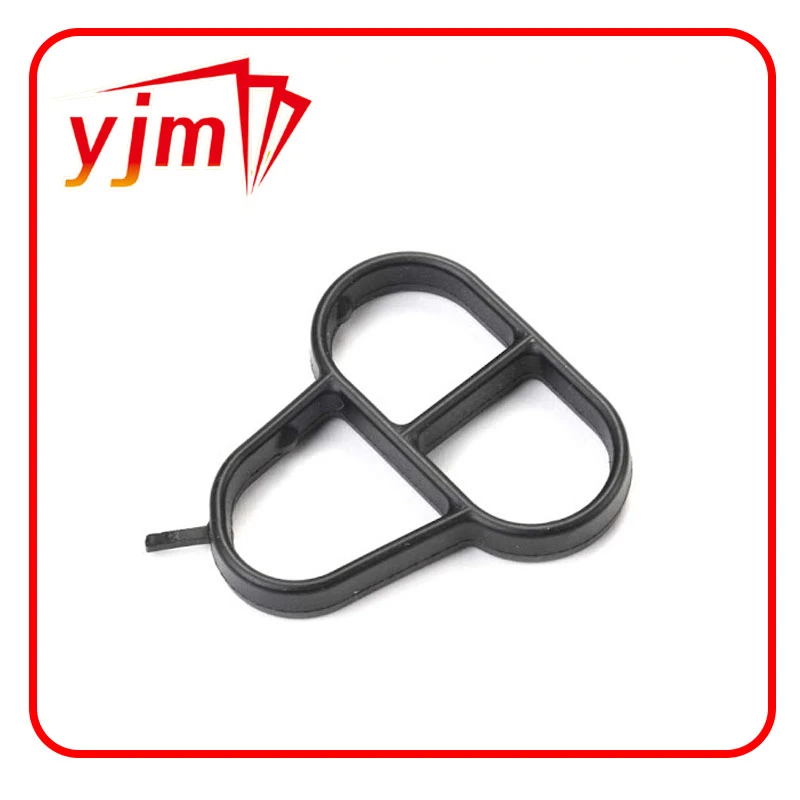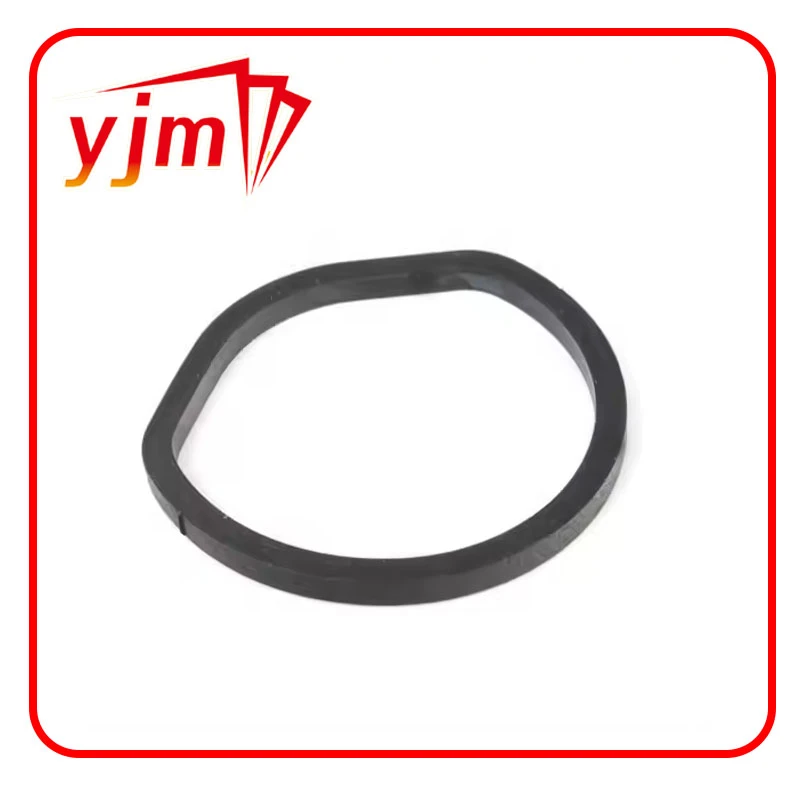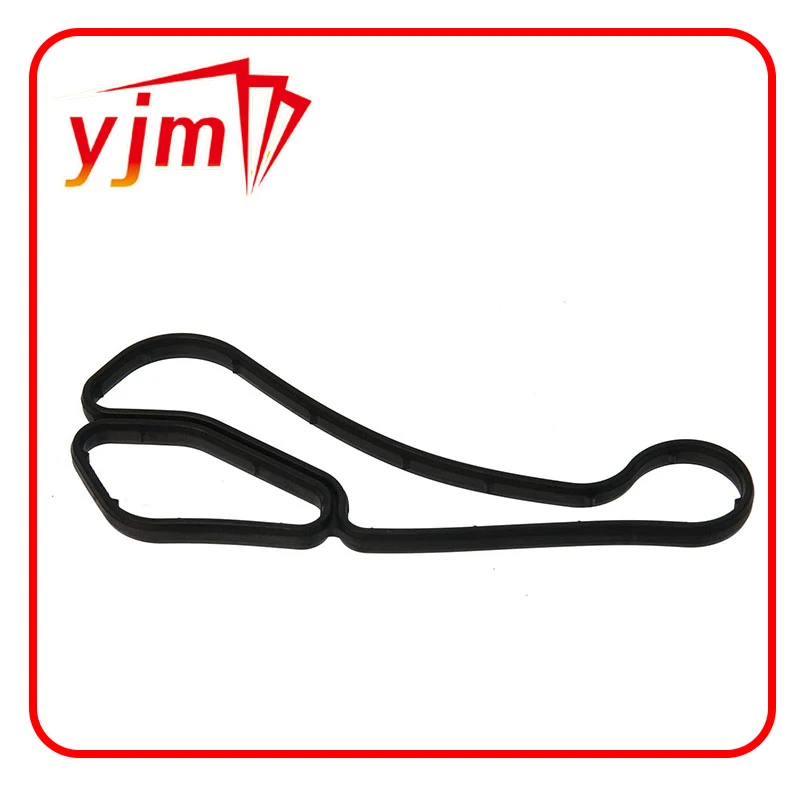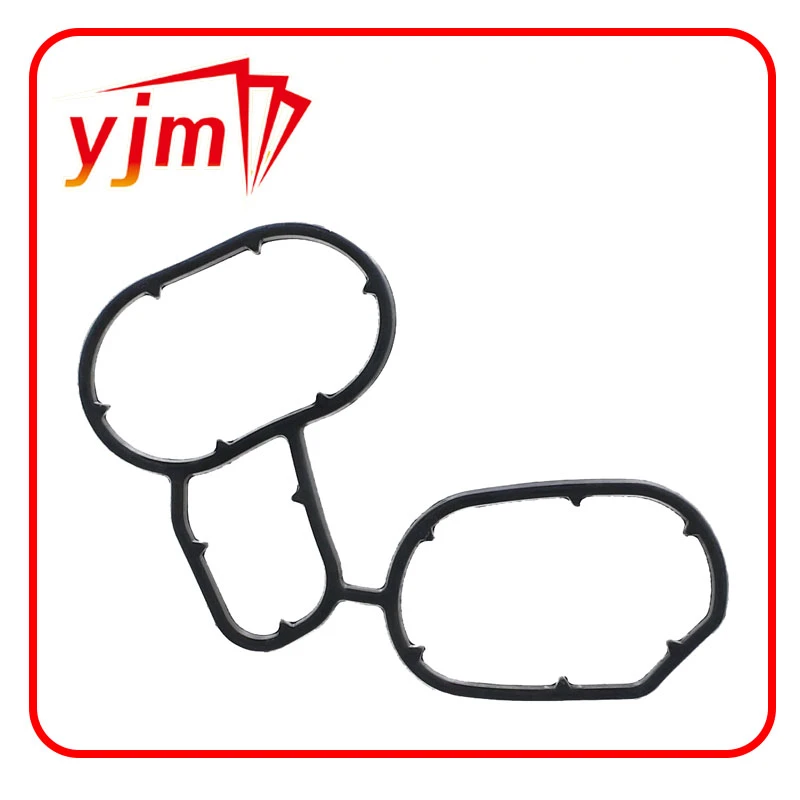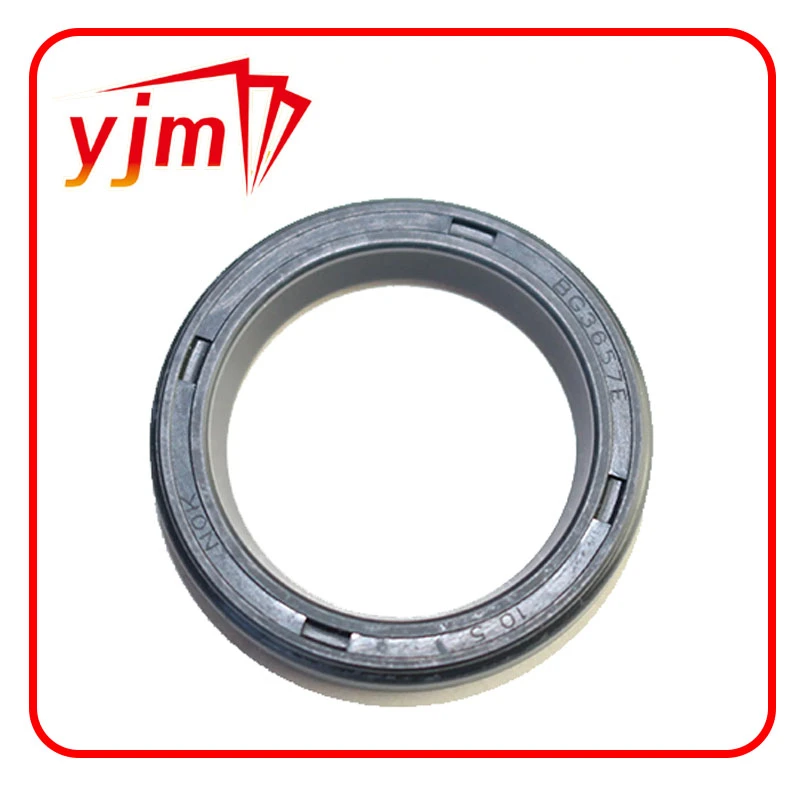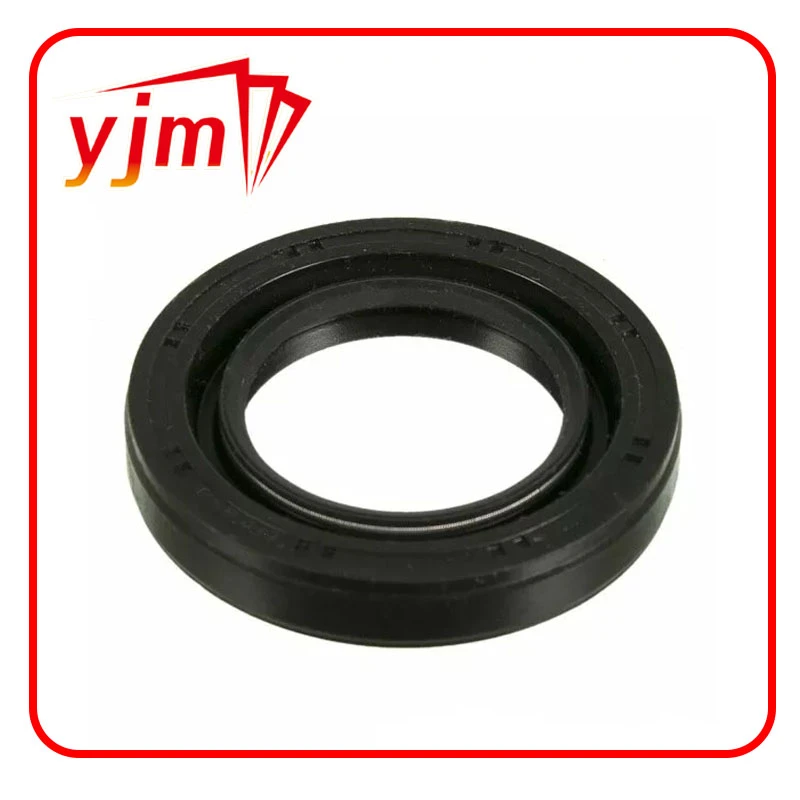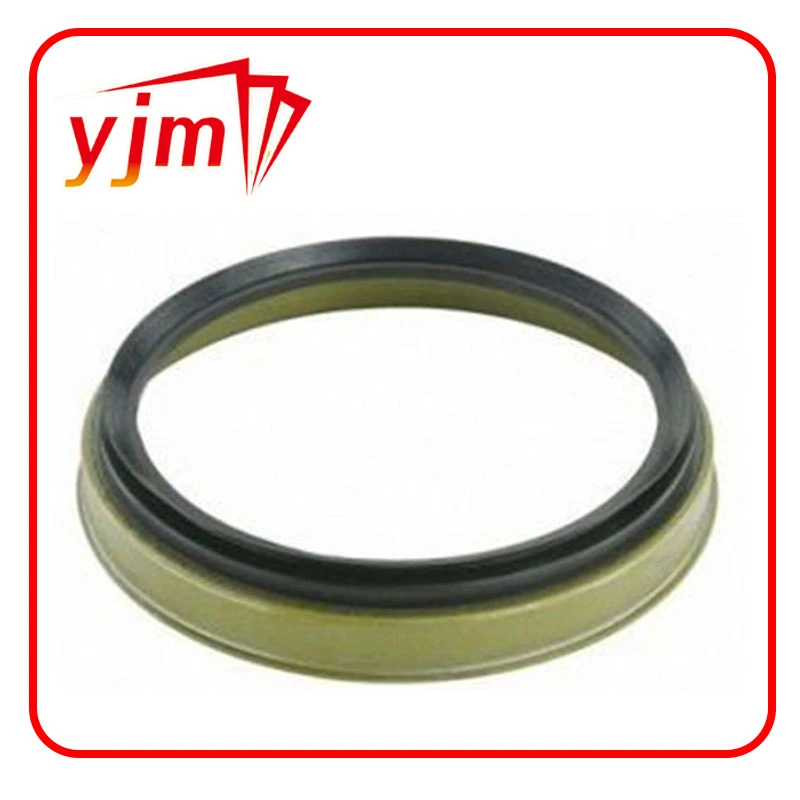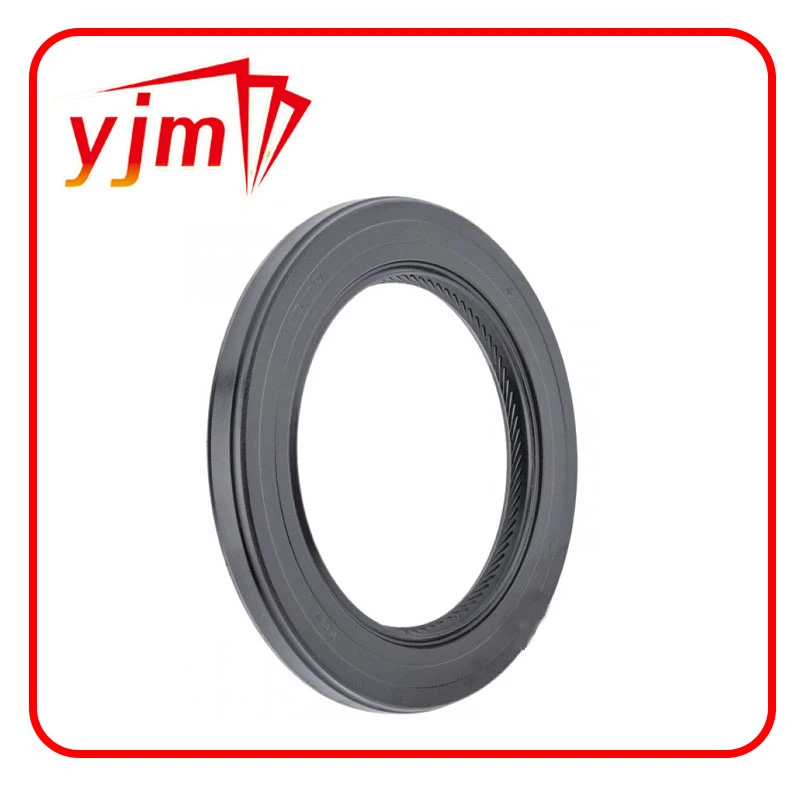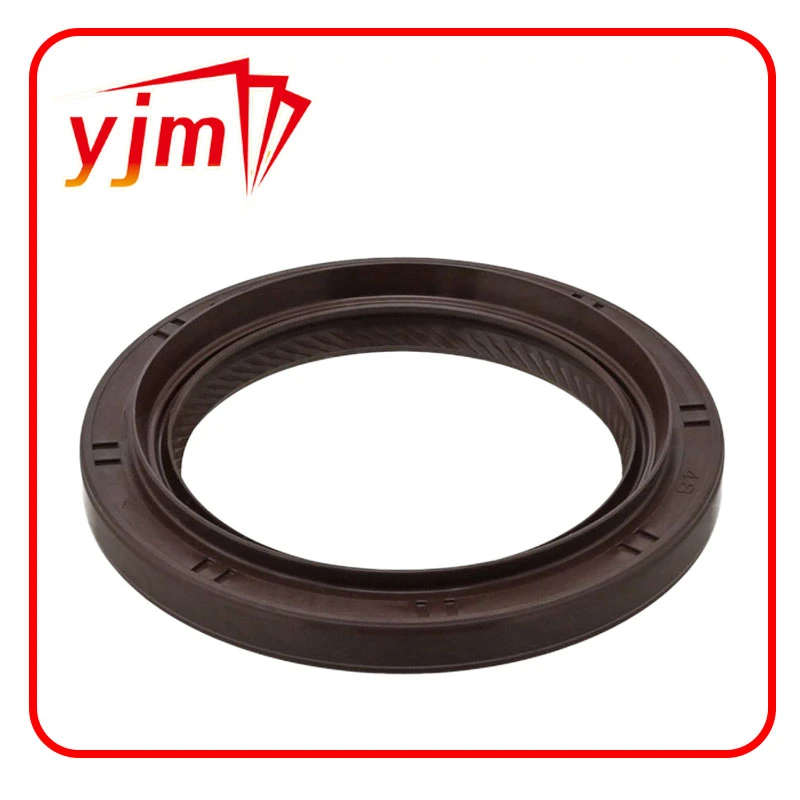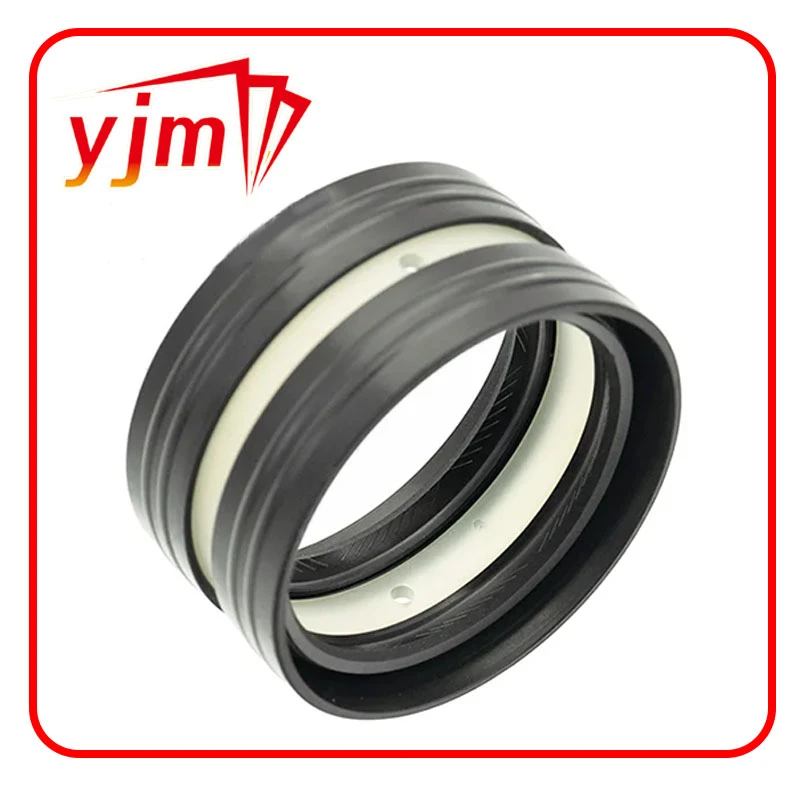Understanding the Function and Importance of Automatic Transmission Rear Seals
Understanding the Importance of Automatic Transmission Rear Seal
Automatic transmissions are sophisticated mechanisms that play a critical role in the functioning of modern vehicles. One of the lesser-known but equally important components of an automatic transmission is the rear seal. This small yet vital part helps maintain proper fluid retention, ensuring that your transmission operates smoothly and efficiently. In this article, we will delve into the significance of the automatic transmission rear seal, its function, potential issues, and the importance of regular maintenance.
What is the Automatic Transmission Rear Seal?
The automatic transmission rear seal is located at the rear of the transmission case, where the output shaft exits. Its primary function is to prevent transmission fluid from leaking out of the case. The rear seal is usually made of durable materials such as rubber or silicone, designed to withstand high temperatures and pressure associated with transmission operation.
Functions of the Rear Seal
1. Fluid Containment The primary role of the rear seal is to keep the transmission fluid contained within the transmission housing. This fluid lubricates the internal components, allowing them to function smoothly. Without a properly functioning rear seal, fluid can leak, leading to low fluid levels and potential transmission damage.
2. Pressure Maintenance A well-sealed transmission relies on maintaining pressure within the system. The rear seal helps ensure that the correct pressure is sustained during operation, which is essential for optimal performance and shifting capabilities.
3. Protection Against Contaminants The rear seal also prevents dirt, debris, and other contaminants from entering the transmission. Keeping these unwanted particles out helps prolong the life of the transmission and its components.
Common Issues Associated with a Failing Rear Seal
Over time, the rear seal can wear out due to a variety of factors including heat, pressure, and the age of the vehicle. Here are some common issues that may arise when the rear seal begins to fail
1. Fluid Leaks One of the most noticeable signs of a failing rear seal is the presence of transmission fluid leaks. If you notice red or brown fluid spots under your vehicle, it could be an indication that the rear seal has deteriorated and is allowing fluid to escape.
automatic transmission rear seal
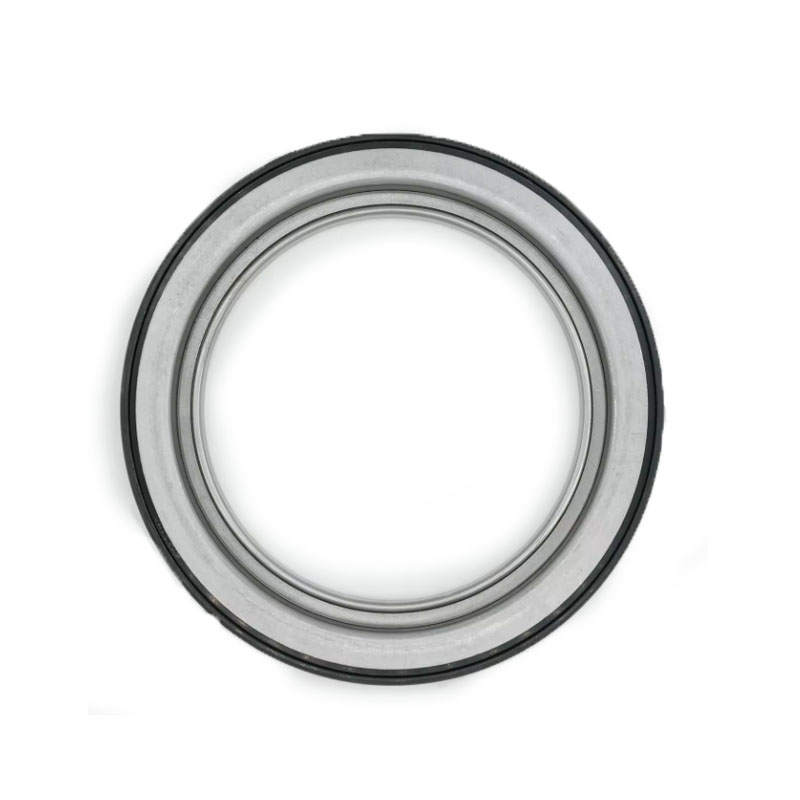
2. Low Fluid Levels As the rear seal fails and fluid leaks occur, your transmission may experience low fluid levels. This can result in poor shifting performance, overheating, and further damage to the transmission system.
3. Strange Noises A failing rear seal can lead to increased friction within the transmission, which may produce unusual noises such as whining or grinding sounds during operation.
4. Overheating Insufficient transmission fluid due to leaks can cause the transmission to overheat, potentially leading to more severe damage and costly repairs.
Importance of Regular Maintenance
To avoid the complications associated with a faulty rear seal, regular maintenance is essential. Here are some best practices
1. Fluid Inspection Regularly check the transmission fluid level and condition. If you notice any dark or burnt odors, or if the fluid level is low, it’s important to address the issue promptly.
2. Scheduled Servicing Adhere to your vehicle's maintenance schedule, which often includes recommendations for transmission servicing. This can involve fluid changes, filter replacements, and checks on the condition of seals.
3. Professional Inspections If you suspect any issues with your transmission or notice fluid leaks, seek a professional inspection. Early detection of rear seal problems can lead to simpler and less expensive repairs.
4. Environmental Considerations Be mindful of driving conditions, as extreme temperatures and heavy towing can place additional strain on the transmission and its components, including the rear seal.
Conclusion
The automatic transmission rear seal may seem like a small component in the vast array of vehicle parts, but its significance cannot be overstated. A properly functioning rear seal is crucial for maintaining fluid integrity, ensuring optimal transmission performance, and protecting against costly damage. Regular maintenance and vigilance can help prevent issues related to the rear seal, ensuring that your vehicle’s transmission remains in peak condition for years to come. By understanding the critical role of the rear seal, you empower yourself to make informed decisions that contribute to the longevity and reliability of your vehicle.
-
Engine Crankshaft Oil Seal 9031138096: Reliable Leak Protection
News Aug.30,2025
-
Cassette Seal: Integrated Solutions for Heavy Duty
News Aug.29,2025
-
Premium Automotive Oil Seals Suppliers | Durable & Precision
News Aug.28,2025
-
Oil Drain Plug Washer Reusable Types
News Aug.22,2025
-
Oil Drain Plug Replacement Guide
News Aug.22,2025
-
Heavy Duty Seal Waterproof Features
News Aug.22,2025
-
Engine Oil Seals Installation Guide
News Aug.22,2025
Products categories

